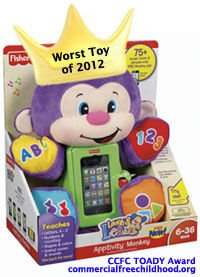“Everything Else Was True” — “Catfishing” with Manti T’eo and on MTV
Posted on January 23, 2013 at 3:59 pm
Notre Dame football player Manti T’eo says that he was the victim of a heartless hoax. He thought he had a girlfriend who died of cancer. But no such person existed. Although he told people he had seen and spoken to her, it seems now as though his only contact with “her” was online.
This kind of fraud is now referred to as “catfishing,” based on the documentary that showed us a young man’s online relationship with a woman he thought was young, beautiful, and single, who turned out to be middle-aged and married. At the end of that film, her husband told a story.
They used to tank cod from Alaska all the way to China. They’d keep them in vats in the ship. By the time the codfish reached China, the flesh was mush and tasteless. So this guy came up with the idea that if you put these cods in these big vats, put some catfish in with them and the catfish will keep the cod agile. And there are those people who are catfish in life. And they keep you on your toes. They keep you guessing, they keep you thinking, they keep you fresh. And I thank god for the catfish because we would be droll, boring and dull if we didn’t have somebody nipping at our fin.
That young man was Nev Schulman, who now has a series on MTV about other “catfish” relationships. The episodes are heartbreaking, as over and over we see not just the pain of those who discover that they have been lied to, but the anguish of those who are desperate for intimacy and connection but do not believe that they can find it without misrepresenting themselves, and who don’t seem to understand that lying will just make them more isolated. “Everything else was true,” says one “catfisher,” who lied about his age, his photo, where he lived, and how many children he had.
Online relationships are inherently deceptive because we can’t help projecting more of our hopes and wishes than we realize onto the words on a screen. Parents should use the story of Manti T’eo and the “Catfish” television series to talk to teenagers about the importance of being careful.


